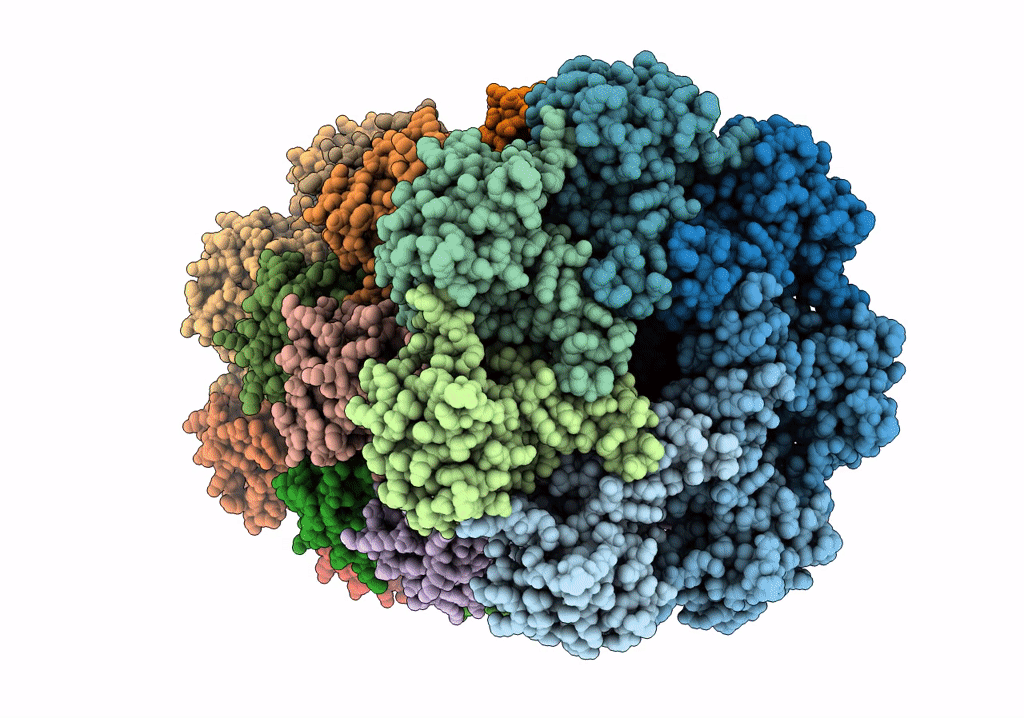
Deposition Date
2019-10-29
Release Date
2020-09-09
Last Version Date
2025-05-14
Entry Detail
PDB ID:
6UTI
Keywords:
Title:
Allosteric coupling between alpha-rings of 20S proteasome, 20S proteasome with singly capped PAN complex
Biological Source:
Source Organism:
Thermoplasma acidophilum (Taxon ID: 2303)
Host Organism:
Method Details:
Experimental Method:
Resolution:
3.40 Å
Aggregation State:
PARTICLE
Reconstruction Method:
SINGLE PARTICLE


